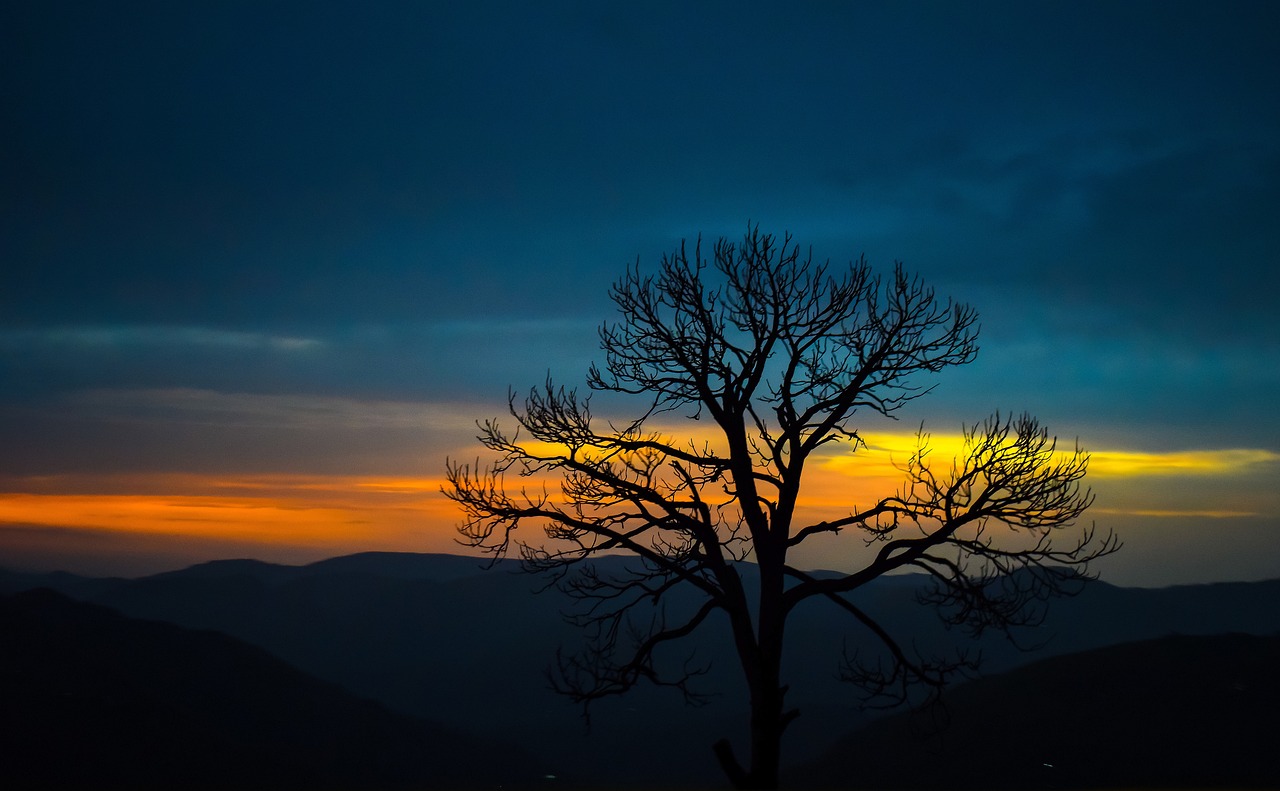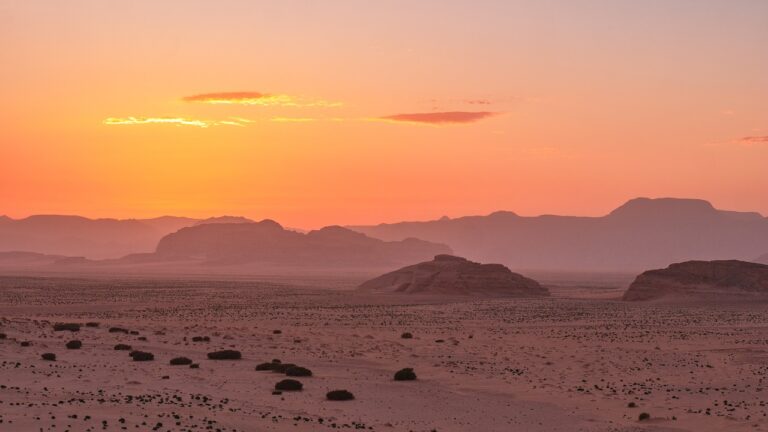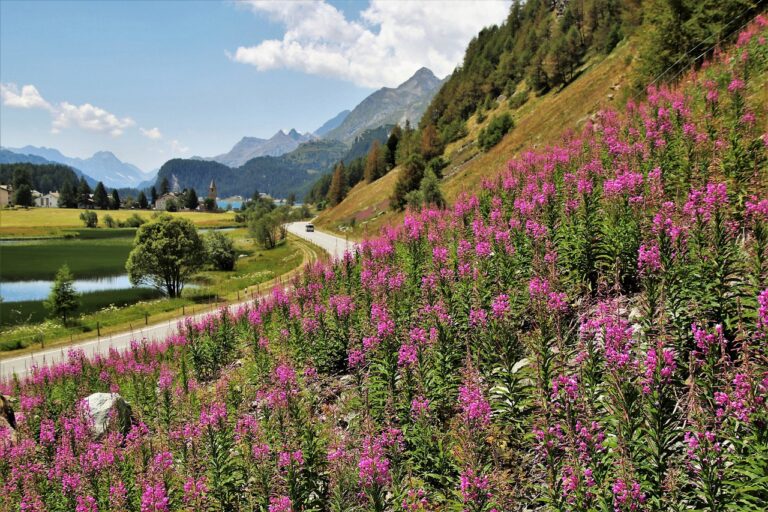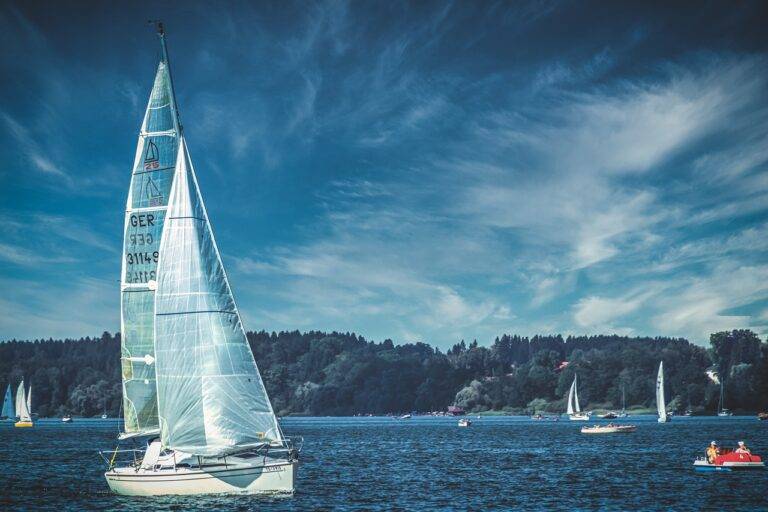The Impact of Overtourism: Balancing Conservation and Visitor Experience
Overtourism poses a significant threat to the delicate balance of natural resources and wildlife in popular tourist destinations. The influx of visitors can lead to increased pollution, habitat destruction, and disturbance to ecosystems. Wildlife populations are often disrupted as their natural habitats are encroached upon, leading to conflicts between humans and animals.
In addition, the overexploitation of natural resources to cater to the demands of mass tourism can have long-lasting effects on the environment. Deforestation, water scarcity, and soil erosion are common issues that arise due to the extraction of resources for infrastructure development and tourist activities. As a result, the biodiversity of these areas is at risk, with many species facing extinction or significant population declines.
Negative Effects of Overtourism on Local Communities
Overtourism in local communities can lead to a range of social issues. These include increased cost of living for residents due to inflated prices, overcrowding in public spaces, and loss of cultural authenticity as communities adapt to cater to tourists’ demands. Additionally, the influx of tourists may disrupt the daily lives of locals, causing frustration and a sense of displacement.
Furthermore, the rise in tourist numbers can strain local resources and infrastructure, such as water supply, waste management, and transportation. This can result in decreased quality of life for residents, as they face challenges like traffic congestion, noise pollution, and environmental degradation. Ultimately, the negative impacts of overtourism on local communities highlight the need for sustainable tourism practices that prioritize the well-being of residents and the preservation of community identity.
What are the challenges of overtourism on natural resources and wildlife?
Overtourism can lead to increased pollution, habitat destruction, and disruption of wildlife behavior. It can also put pressure on scarce resources like water and energy.
How does overtourism negatively impact local communities?
Overtourism can result in overcrowding, increased cost of living, loss of cultural identity, and deteriorating quality of life for local residents. It can also lead to the exploitation of local resources and labor.
What are some examples of negative effects of overtourism on local communities?
Examples include increased traffic congestion, noise pollution, overcrowded public spaces, rising property prices, and displacement of local residents. Additionally, overtourism can strain local infrastructure and services, leading to decreased access for residents.
How can communities address the negative impacts of overtourism?
Communities can implement sustainable tourism practices, regulate visitor numbers, diversify their economy, invest in infrastructure improvements, and engage with residents to ensure their voices are heard in tourism planning and decision-making processes. Collaboration between stakeholders is key to finding solutions to the challenges of overtourism.





